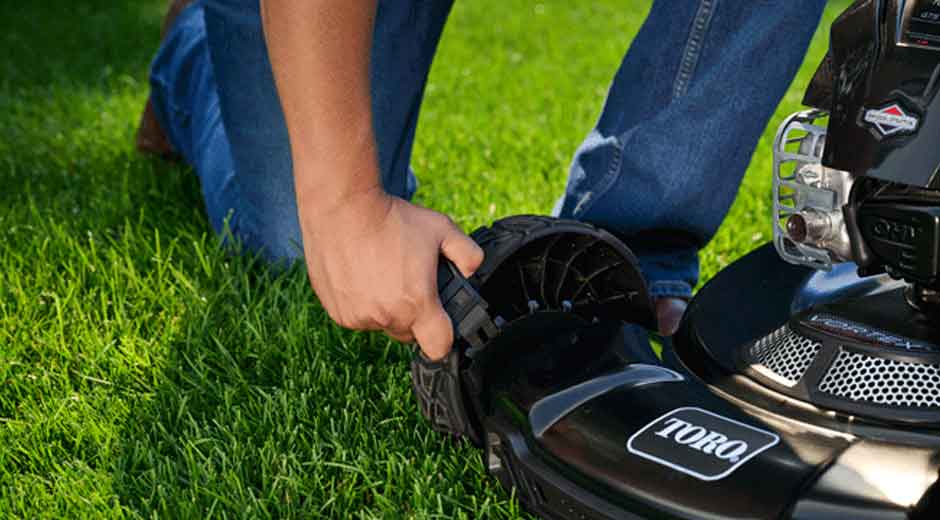How to Adjust Your Lawnmower Height for Seasonal Growth

Ever wondered why your lawn looks tired, even though you mow it regularly? It might not be the frequency, but the height. Adjusting your lawnmower height with the seasons is one of the most overlooked parts of lawn care. Yet, it makes a noticeable difference to how healthy, green, and thick your grass grows throughout the year.
Getting it right means your grass can breathe, recover, and thrive. Get it wrong, and you risk scalping the lawn, drying out the soil, and stressing the roots. Here’s how to make the right adjustment at the right time.
Why Mowing Height Even Matters
Mowing isn’t just about keeping the yard neat. The height at which you cut your grass affects its root development, ability to retain moisture, and resistance to weeds.
When you cut grass too short, especially in the wrong season, you weaken its ability to absorb sunlight. Less leaf surface means less energy production, which leads to shallow roots and weak growth. On the flip side, letting it grow too long might invite pests and create a breeding ground for disease.
The right height varies throughout the year because grass responds differently to heat, cold, and rainfall. A one-size-fits-all mowing height won’t cut it—literally.
Know Your Grass Type First
Before adjusting anything on your lawnmower, figure out what type of grass you’re dealing with. Lawns are usually made up of either cool-season or warm-season grasses. Each one has its own preferred cutting range.
Cool-season grasses grow actively in spring and fall. They include types like fescue, Kentucky bluegrass, and ryegrass.
Warm-season grasses thrive in hot months. These include Bermuda, zoysia, and St. Augustine.
Knowing your type helps determine the ideal mowing height at different times of year. If you’re not sure, you can look at texture, growth pattern, and region, or get a local lawn care specialist to identify it for you.
General Height Guidelines by Season
There’s no universal setting that works all year. You’ll want to make a few small adjustments as temperatures change. Here’s a breakdown of how to fine-tune your lawnmower height as the seasons shift:
Spring
This is when growth kicks in for most grass types, especially cool-season varieties.
- Cool-season grasses– Keep it on the higher end at first, around 2.5 to 3.5 inches. Taller grass in early spring helps shade the soil, prevent weed germination, and support new root growth.
- Warm-season grasses– Start low once active growth begins. Drop the mower to about 1 to 2 inches to remove dormant blades and encourage fresh, dense growth.
As the weeks pass and temperatures rise, you can lower the height slightly. The idea is to stimulate healthy growth without shocking the lawn.
Summer
Heat brings stress. Whether you have warm- or cool-season grass, taller blades are better in the summer. They provide shade for the soil, which helps retain moisture and protect the roots.
- Raise the mowerby half an inch to a full inch compared to spring.
- For warm-season grasses, 2 to 3 inches works well.
- For cool-season grasses, 3 to 4 inches is ideal.
Never cut more than one-third of the grass blade at once. This rule helps avoid scalping, which can lead to browning and disease, especially under the sun’s intensity.
Fall
Fall is a recovery period. Cool-season grasses surge back to life, while warm-season grasses begin to slow down.
- For cool-season grasses, lower the mower slightly to about 2.5 to 3 inches. This helps prevent snow mold and other winter diseases, especially in cooler climates.
- For warm-season grasses, maintain a steady height until growth stops. Don’t lower it too soon, or you’ll stress the lawn right before dormancy.
Winter
Most lawns don’t need mowing in winter, but if you do, only trim lightly. Avoid heavy cuts, and keep blades slightly higher than you think necessary. The goal here is to maintain the lawn’s protective layer through dormancy.
How to Adjust the Mower
If you’re not sure how to change your mower’s height, take a minute to check your model. Most push mowers have levers on the wheels that allow height changes in increments. Some mowers require adjusting each wheel individually, while others have a single lever.
Zero-turn and riding mowers often have a deck lift lever with notched height settings. These usually range from 1 to 4 inches in half-inch intervals.
A few tips:
- Measure properly– Don’t guess. Use a ruler to measure from the ground to the blade bottom. What the lever says isn’t always accurate.
- Adjust on a flat surface– Level ground ensures all four wheels are set equally, which gives an even cut.
- Check blade sharpness– Even with the right height, dull blades tear rather than cut. Torn grass tips turn brown and invite disease.
Seasonal Mowing Height Checklist
Use this guide to quickly match mowing height to season and grass type:
Cool-Season Grasses
- Spring – 2.5 to 3.5 inches
- Summer – 3 to 4 inches
- Fall – 2.5 to 3 inches
- Winter – Avoid mowing unless needed
Warm-Season Grasses
- Spring – 1 to 2 inches
- Summer – 2 to 3 inches
- Fall – Maintain until dormancy
- Winter – Minimal cutting, if any
Keep Your Lawn Healthier, Season by Season
Mowing isn’t just about appearance. It’s part of your lawn’s overall health, and seasonal adjustments to height make a real difference. Whether you’re dealing with spring growth, summer stress, or fall recovery, adjusting the blade height gives your lawn the best chance to thrive all year.
By keeping an eye on your grass type and responding to seasonal needs, you’ll avoid many common lawn care problems. Plus, you’ll end up with a greener, fuller, and more resilient yard that actually looks good week after week.


